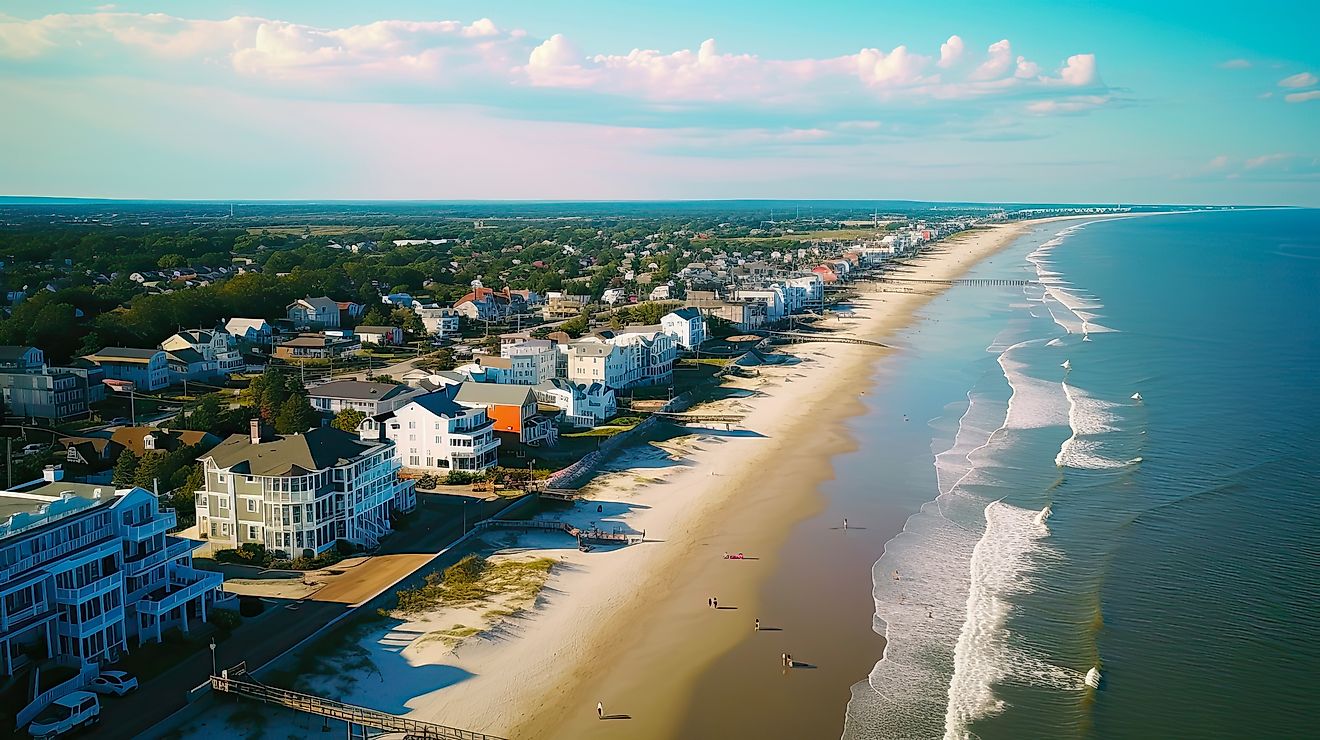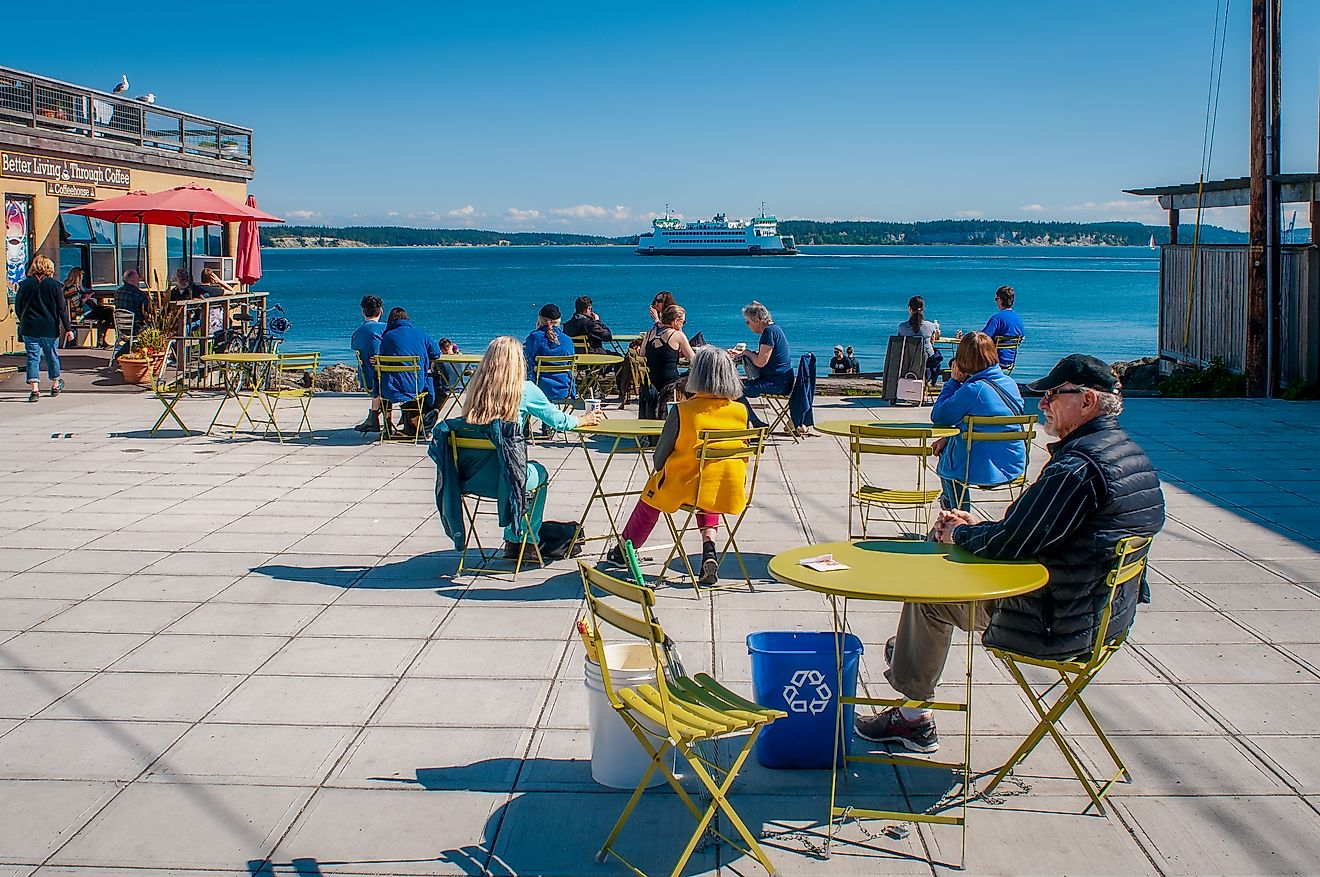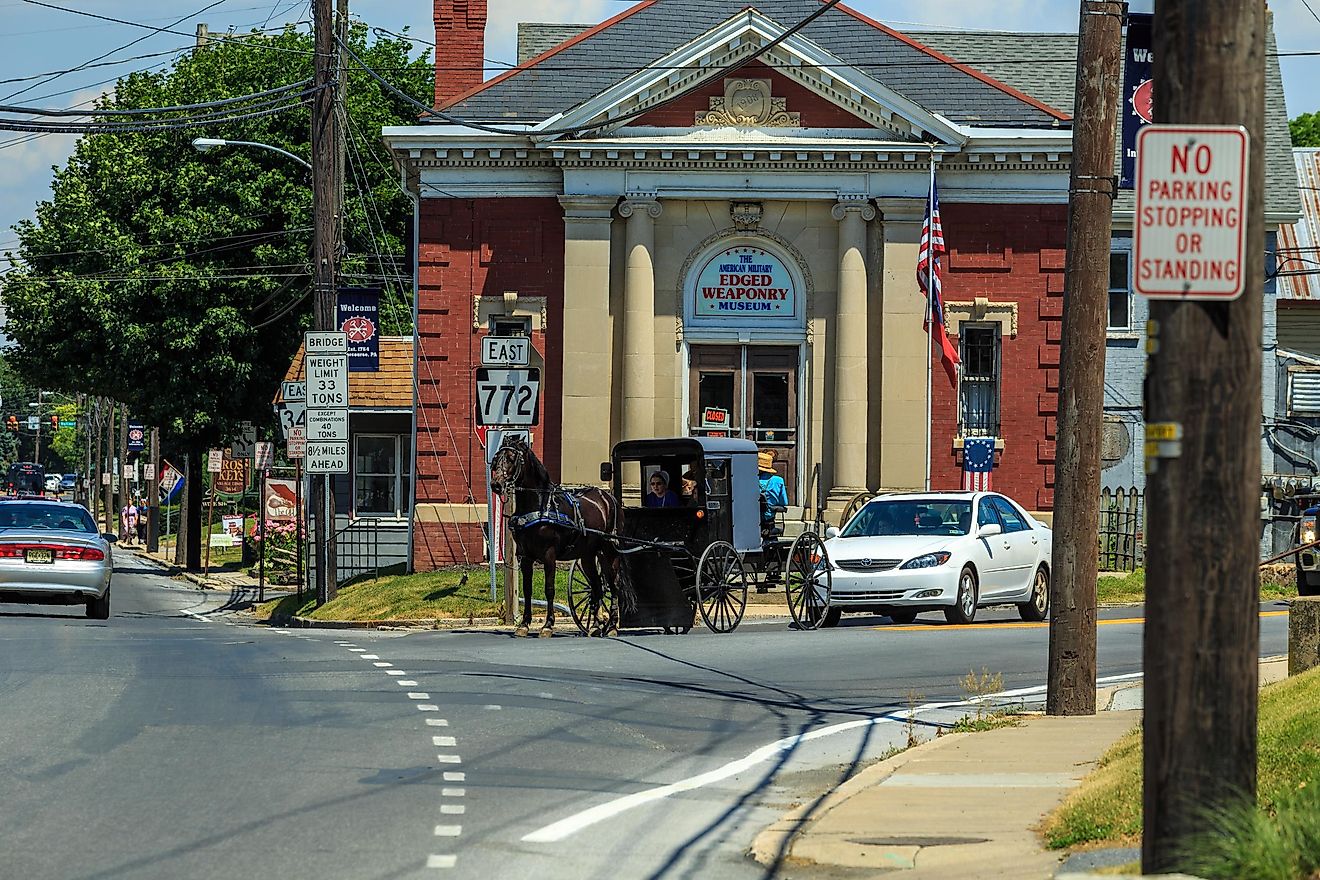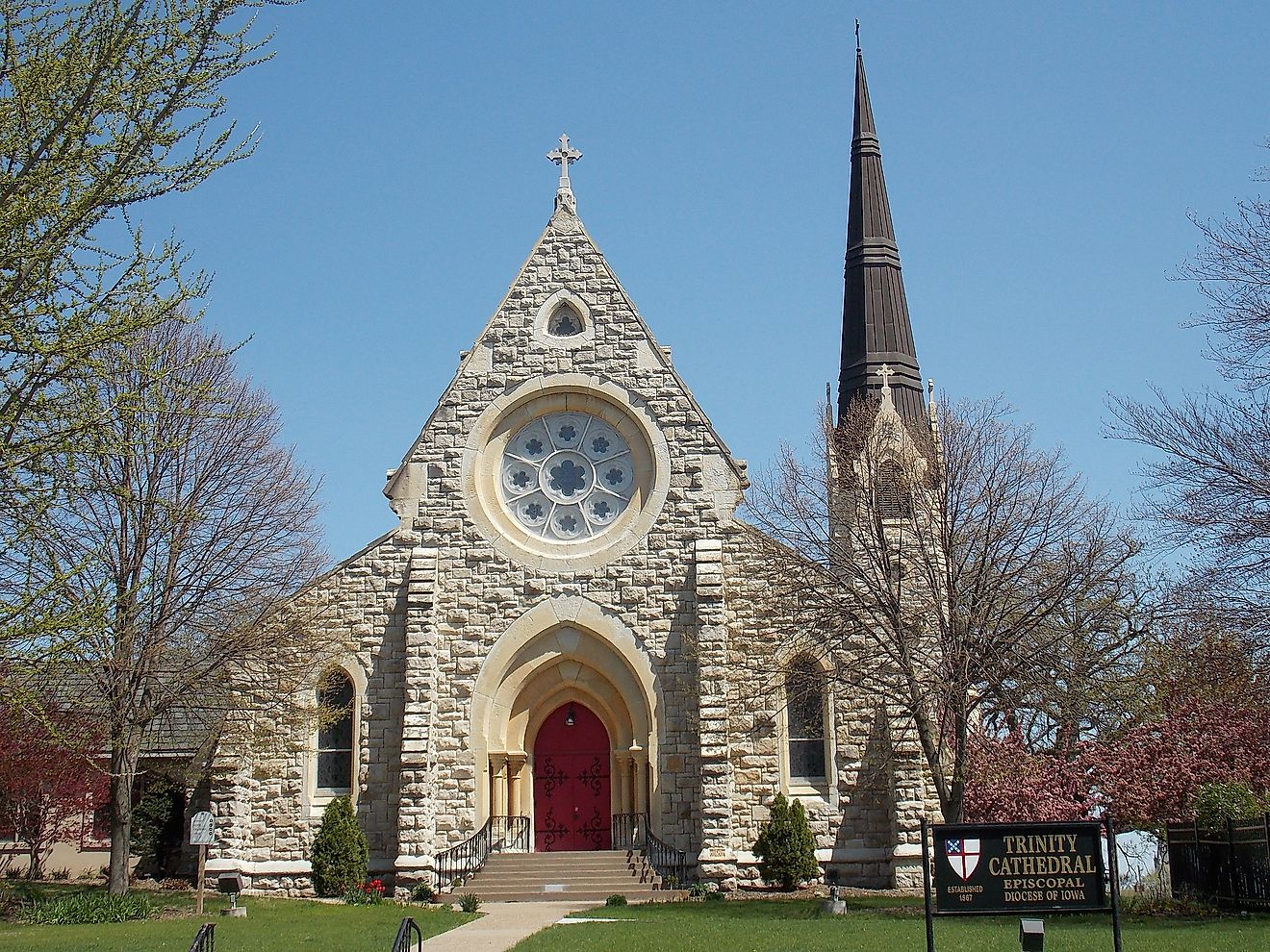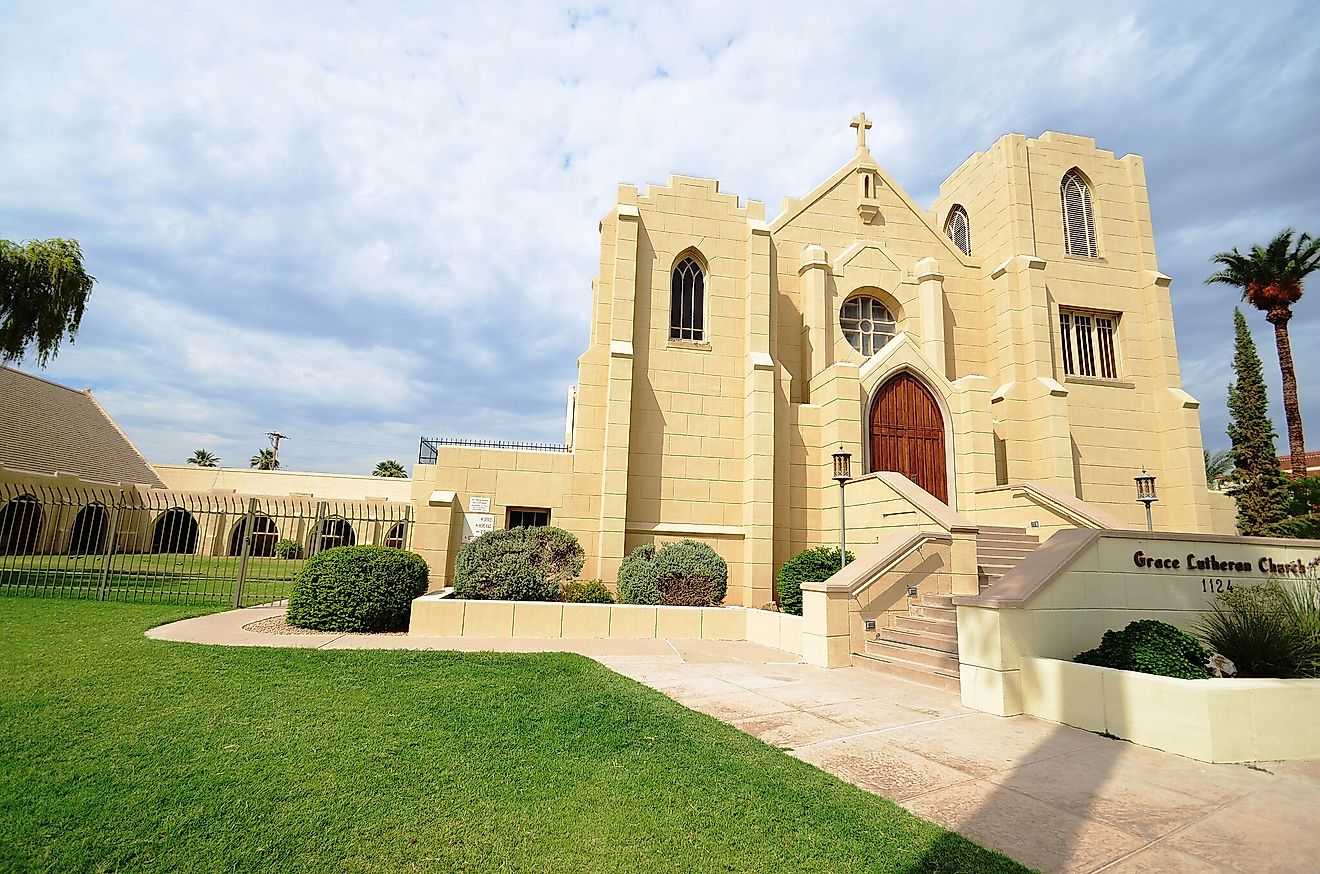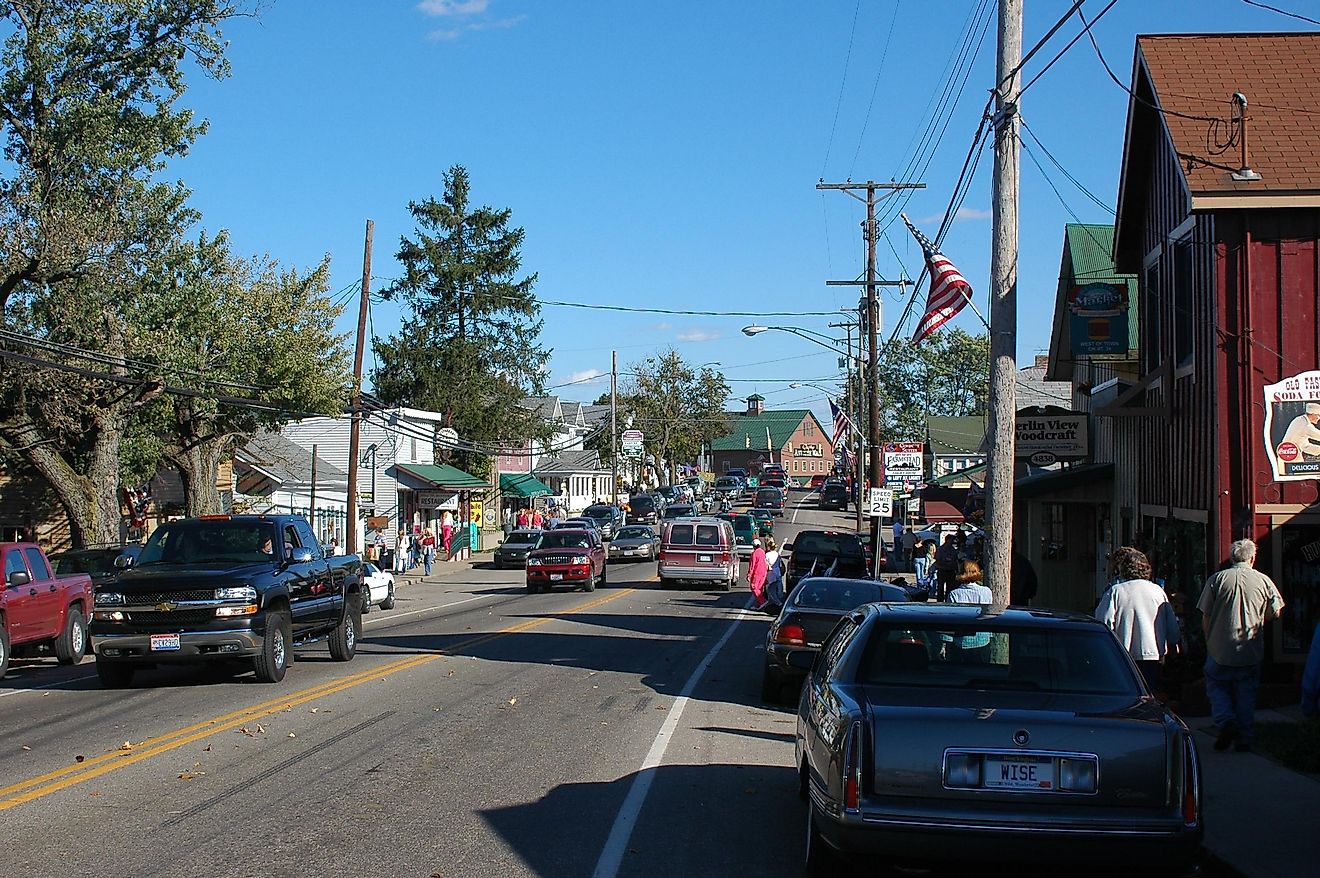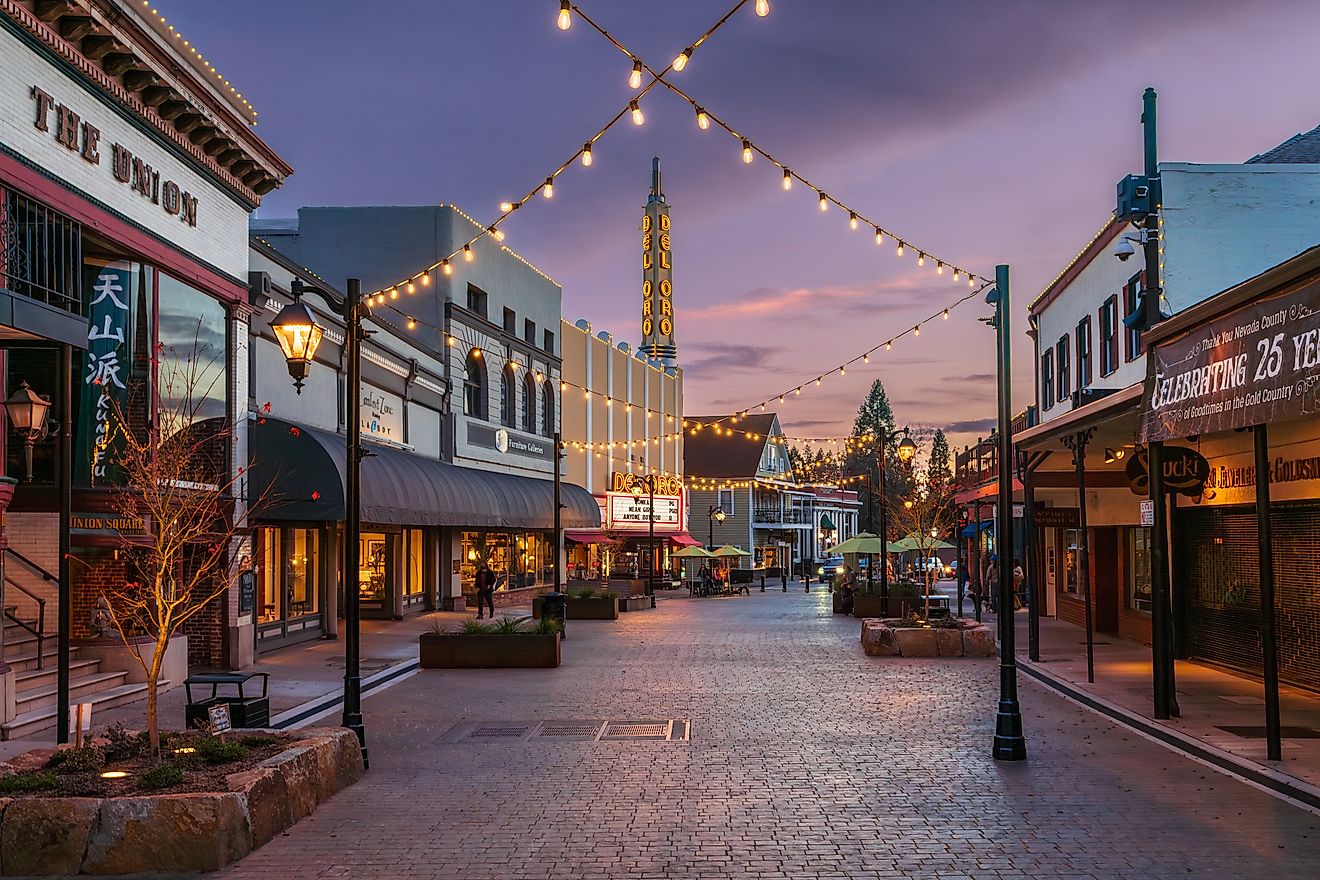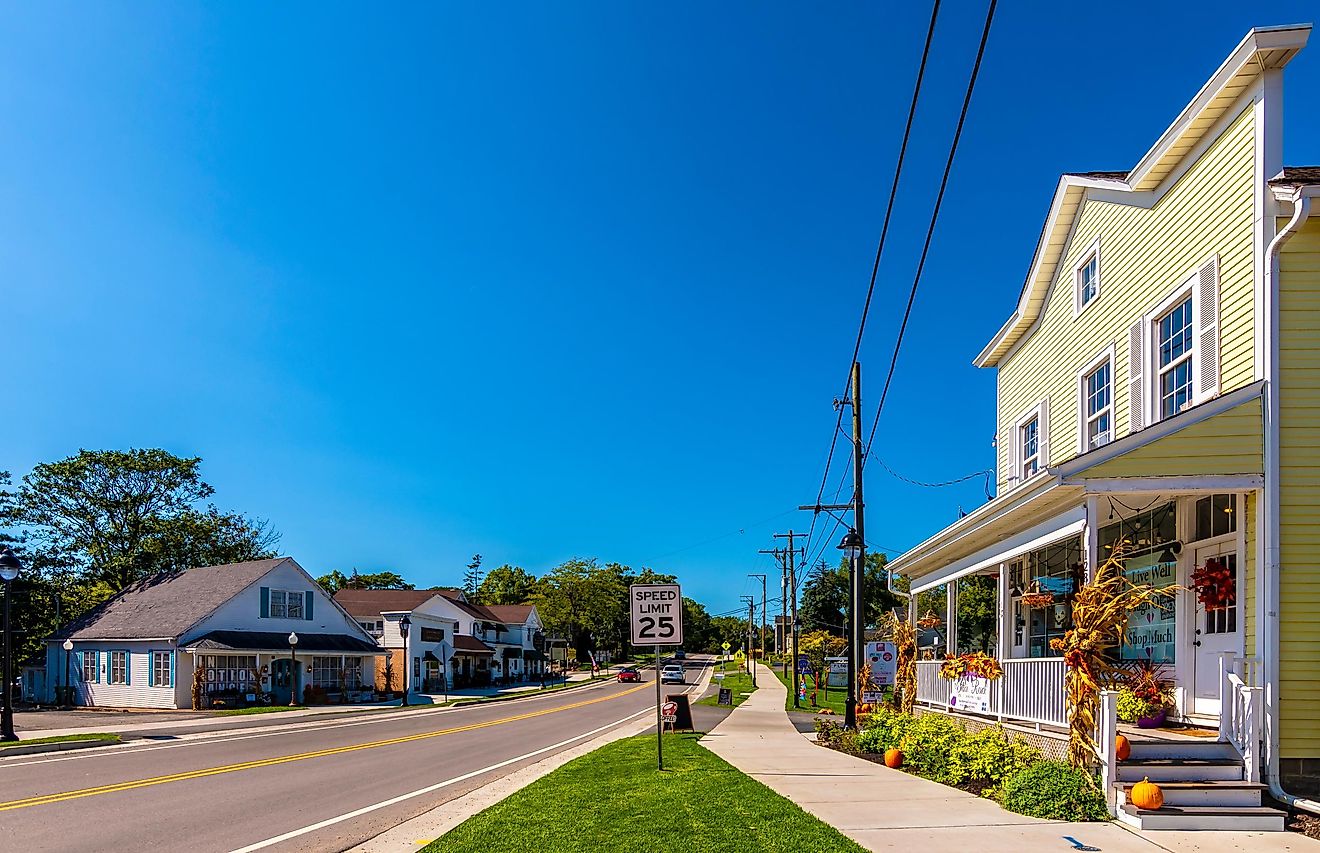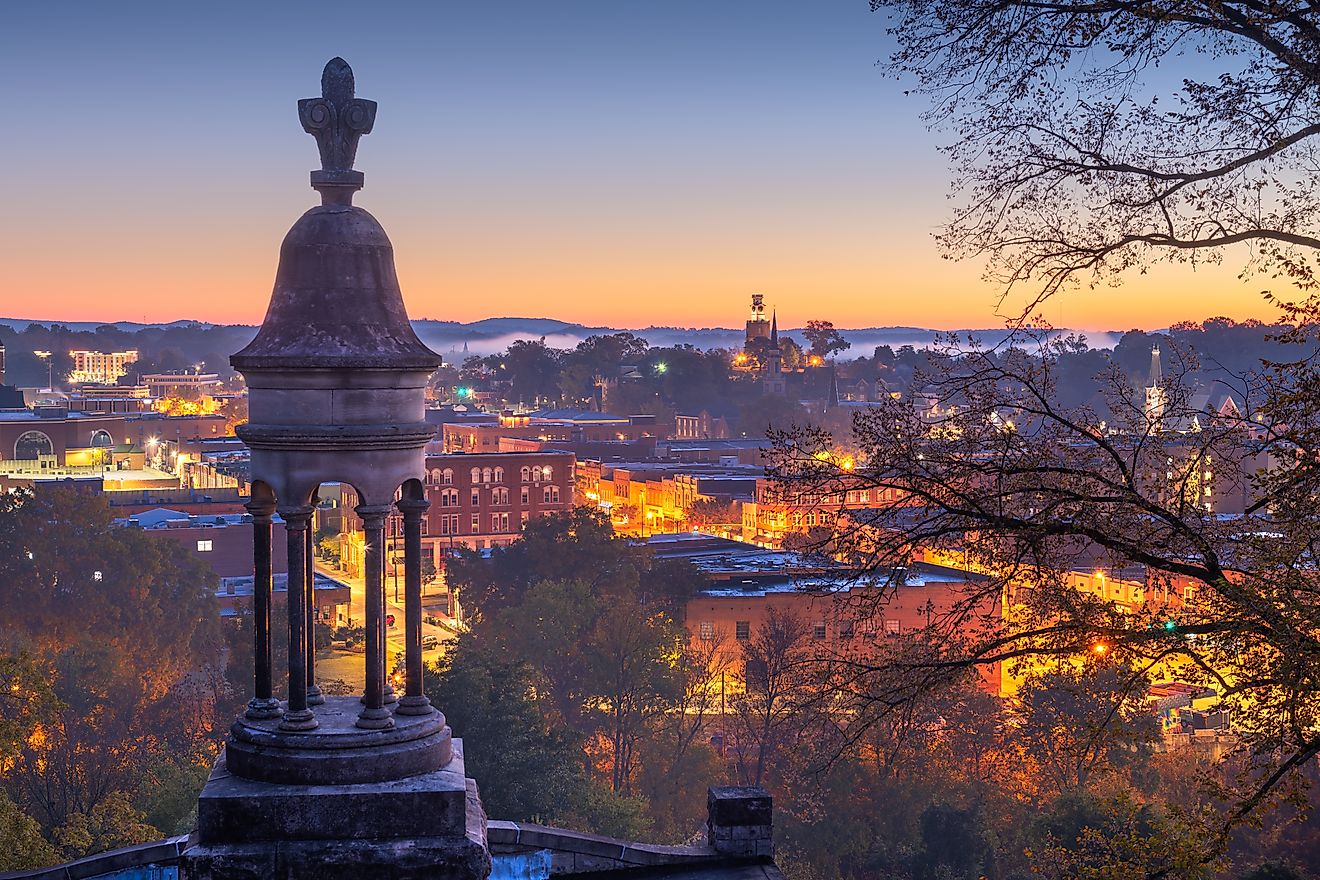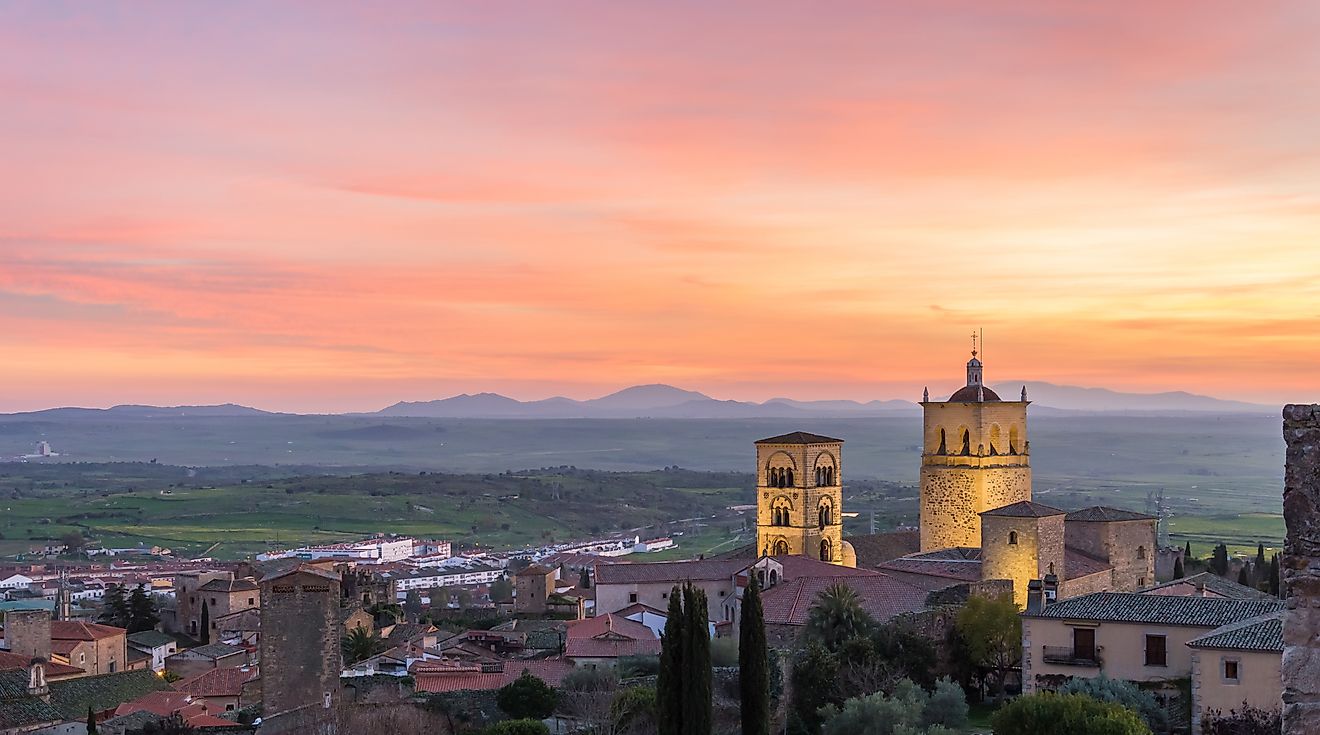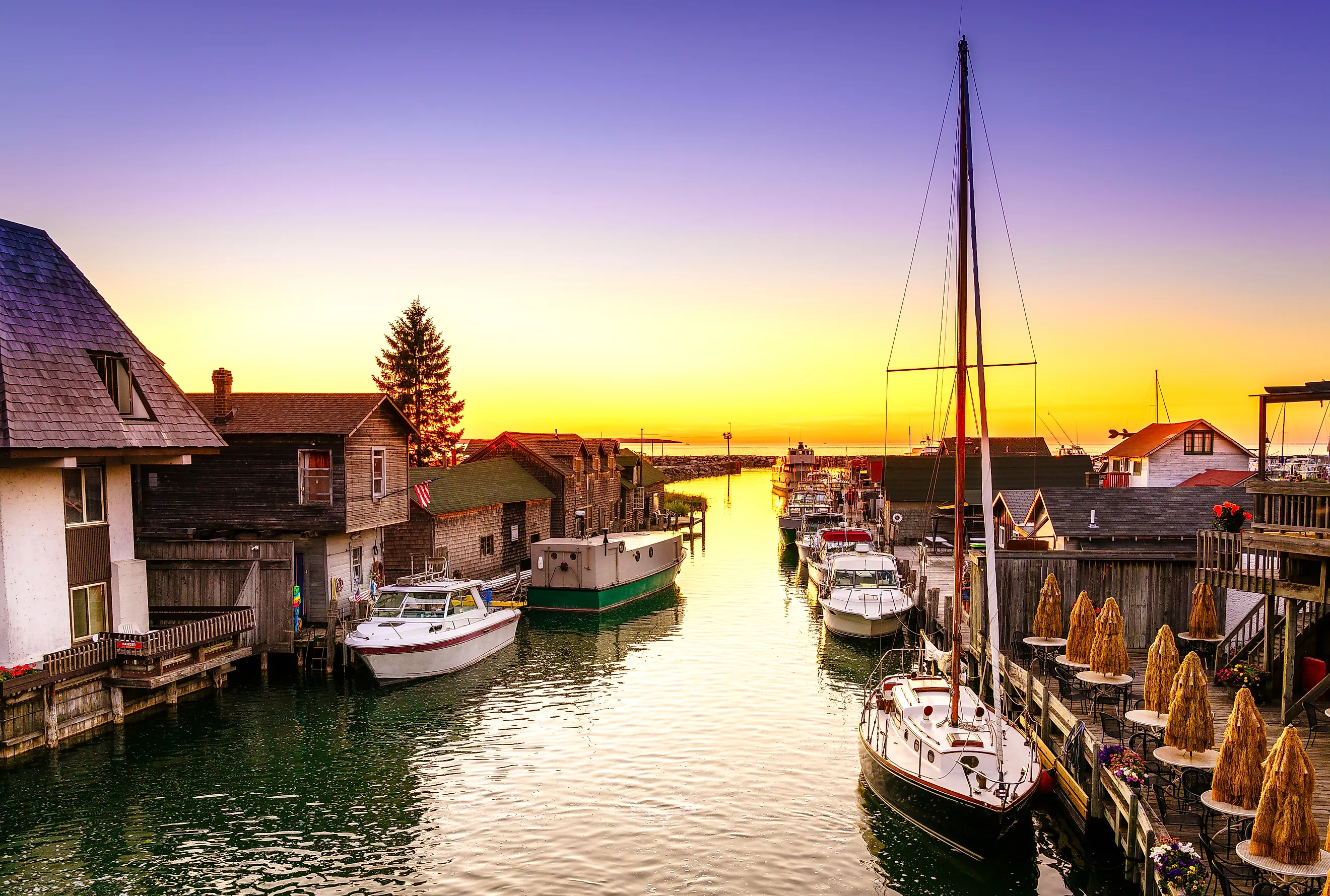
10 Michigan Towns That Echo The Past
First admitted to the Union as the 26th state in 1837, Michigan's history goes back thousands of years, as a diverse group of people called this land home. From Native American tribes, such as the Odawa and Potawatomi, to French settlers and missionaries, and later American settlers and immigrants, all of these groups have left their mark on this land and its history. You can hear deep echoes of the past within Michigan's small towns at places like the oldest lighthouse in the state, an island that bans cars, Thomas Edison's early depot, and one of the last standing Revolutionary War Forts. Read on to learn more about ten Michigan towns that echo the past.
Holland
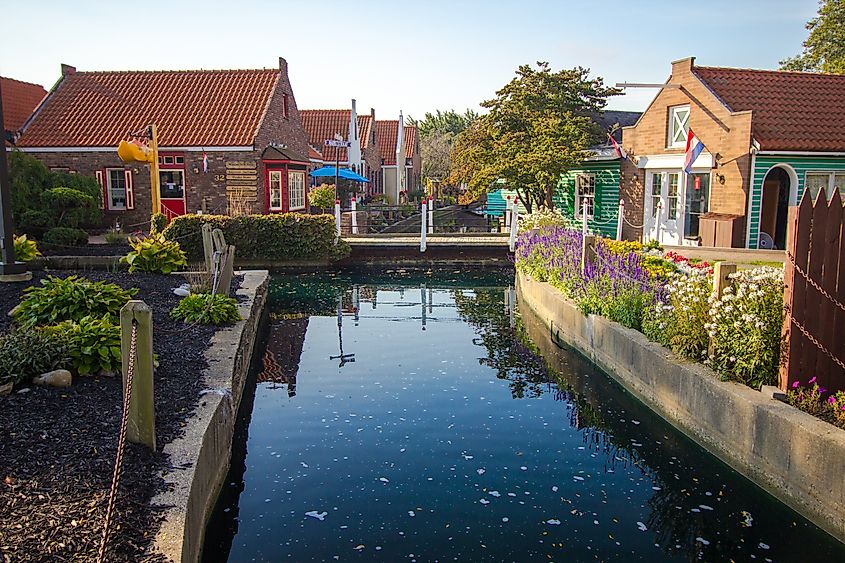
Holland sits by Lake Macatawa, a smaller lake to the east of Lake Michigan. As the name suggests, this area has a long Dutch heritage. First settled by a group of Dutch Calvinist separatists in 1847, the settlers quickly came into conflict with the native Ottawa people, in large part due to the fact that the Natives were Americans. Today, the small town echoes its Dutch roots through a wide variety of museums and historic structures. The Holland Museum covers the arrival of the Dutch immigrants to the fire of 1871 and its rebirth as a central furniture production hub, while the Cappon House Museum showcases the lavish lifestyle of Isaac Cappon, who built this 1870s Victorian home for himself and 16 children. Visitors can also see how the working class lived at the 1867 Settler's House Museum. Travelers who want to get a real Dutch experience can go to the Windmill Island Gardens, home of the De Zwaan windmill, nearly 150,000 tulips, and a Dutch gift shop.
Mackinac Island
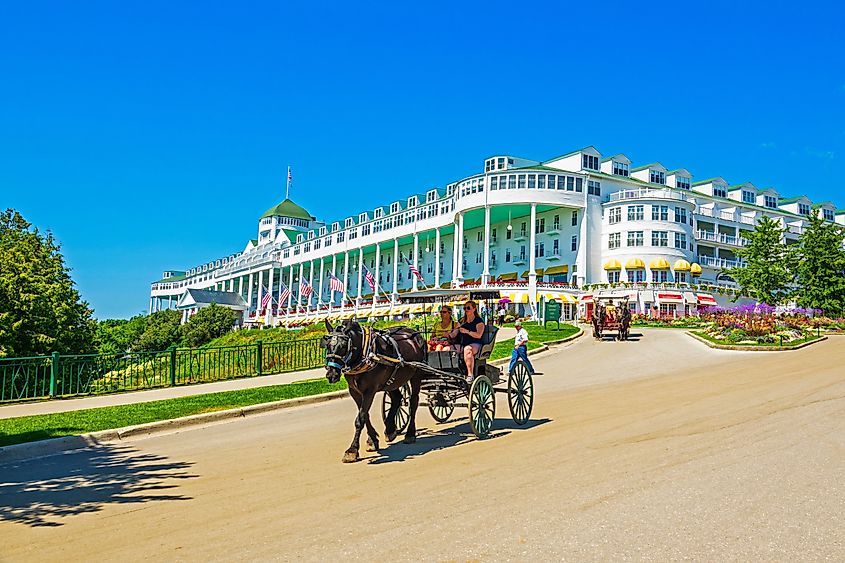
This historic island in Lake Huron served as a British fort in 1782 and was fought over multiple times between the British and Americans until it was ultimately ceded to the United States in 1815. The island still retains an old spirit, as cars are not allowed on the island, and it preserves some of the oldest structures in Michigan. For example, Fort Mackinac is one of the few Revolutionary War Forts left, and it contains the 1780 Officer's Stone Quarters, which is one of the oldest buildings in Michigan. Visitors can also see demonstrations of various weapons and artillery at the fort. Moreover, one can take a tour of the Michigan Governor’s Summer Residence, which was constructed in 1902 and remained in operation until 1945, or learn about the island's deep equestrian history at the Grand Hotel Stable & Carriage Museum. In fact, horse-drawn carriages are one of the most popular ways to explore this carless island through services such as Gough Livery Carriages. One can also see vintage carriages from the Grand Hotel Stable & Carriage Museum.
Frankenmuth
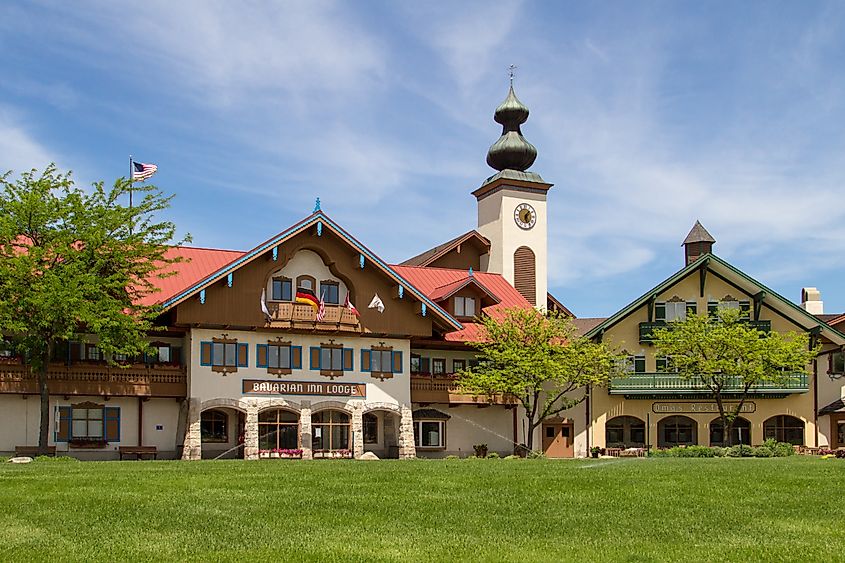
This town has a rich German heritage, which is evident in its name, a combination of the two words for the province of Franconia in Bavaria and "Muth" (meaning courage in German). A group of Lutheran immigrants from Franconia traveled across the Atlantic first to New York and then to Frankenmuth in 1845. Their initial plan was to convert the Natives, but the U.S. government drove them off. Intriguingly, the community pledged both to speak the German language and to be loyal to the Kingdom of Bavaria in Germany. Visitors can hear echoes of this history at the Frankenmuth Historical Museum or the Castle Museum of Saginaw County in nearby Saginaw, which was initially a post office built in a Renaissance style in 1898. Another notable spot is the Frankenmuth Woolen Mill, built in 1894, which still produces wool bedding to this day. Visitors can also explore Bavarian-style architecture within several charming shops, such as the Bavarian Inn Castle Shops or Bavarian Clothing & Imports of Frankenmuth, a great place to purchase lederhosen.
Ypsilanti
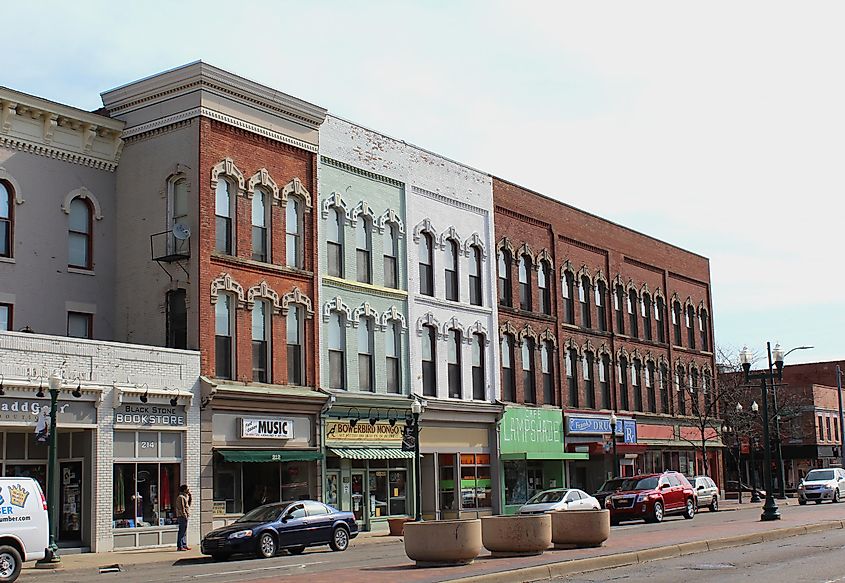
Often called Ypsi, this town gets its name from Demetrios Ypsilantis, a figure who helped lead Greece to independence against the Ottoman Turks during the Greek War of Independence. It was officially incorporated in 1832, but its history goes back further to 1809 as a French Canadian fur trading post. Due to its proximity to Canada, it was a major hub for the Underground Railroad, a network of individuals and buildings dedicated to helping slaves escape to freedom in Canada. Ypsi keeps this past alive through several monuments and statues, including one of the famed abolitionist and freed slave Harriet Tubman leading a young slave boy to freedom, and a bust of Demetrius Ypsilanti, right next to the town's uniquely shaped water tower. The Water Tower is one of the quirkiest attractions in Ypsi due to its Queen Anne architectural style and rounded top. Ypsi also has a rich history of car and aircraft manufacturing, which visitors can learn about at the Automotive Heritage Museum and the Yankee Air Museum. For shopping opportunities, grab something unique from the Twisted Things Boutique.
Manchester
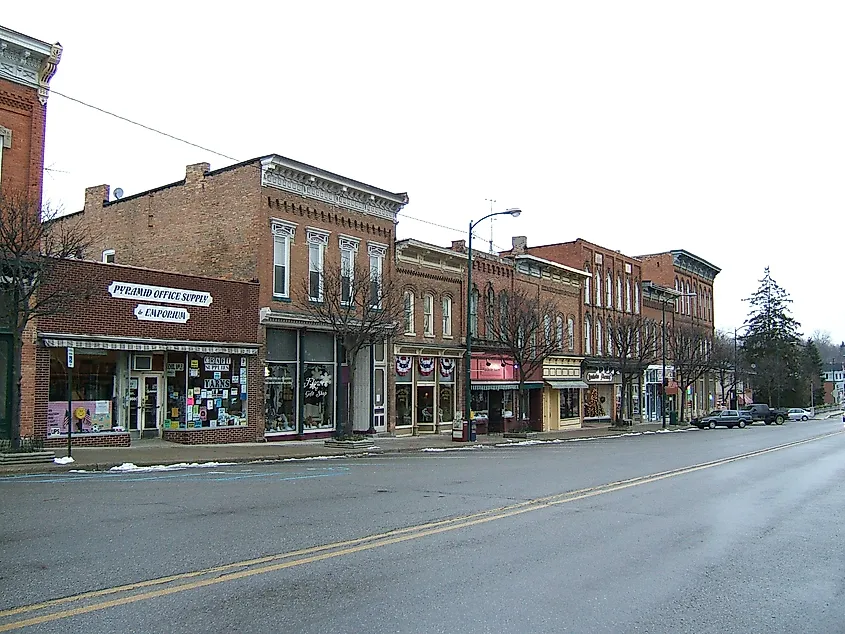
The settlement of Manchester was possible due to the General Survey Act of 1824, which was passed to create military roads through the western territories. Later on, John Mack surveyed the area and declared it would be a great place for a mill. Settler John Gilbert agreed, as he built a grist mill there on the River Raisin in 1833. Manchester would face competition from a town located one mile away, called Soulesville, but the two would be combined in 1867 into a single village. In 1877, the Manchester Blacksmith Shop was established to provide horseshoeing services at the forge. Today, visitors can try their hand at 19th-century blacksmithing by striking the forge at the blacksmith shop, which is now part of the Manchester Area Historical Society and John F. Schneider Blacksmith Shop. The Manchester Mill, which put the town on the map, is also open as an event center. While you're in Manchester, you can enjoy locally made cider at Alber Orchard & Cider Mill, or go for a hike by a spring-fed pond at Chi-Bro Park.
Marquette
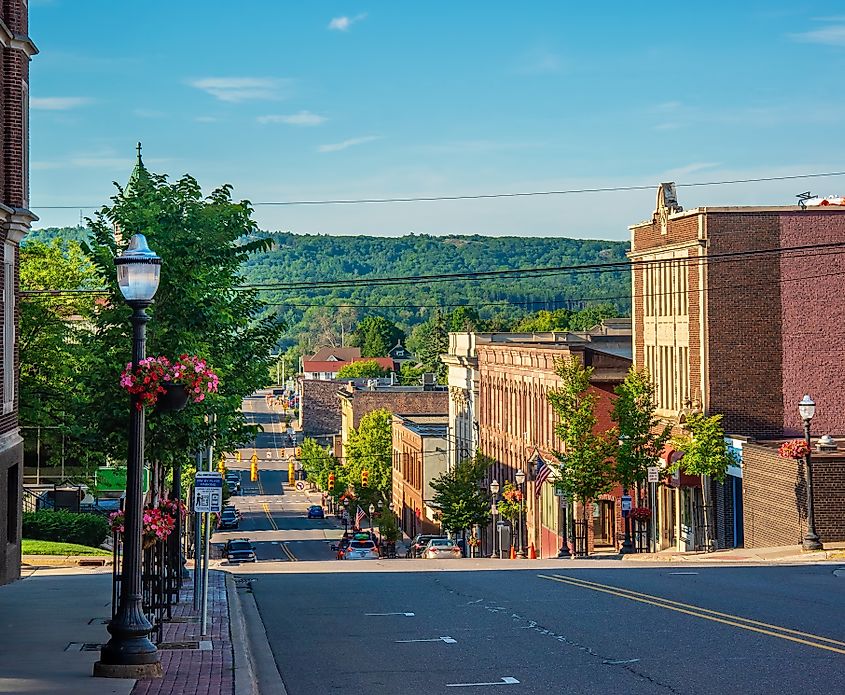
This Lake Superior town in the Upper Peninsula was named after the Jesuit missionary Jacques Marquette. It wouldn't be settled until the 1840s, and today it is the largest city in the Upper Peninsula with just over 20,600 residents. The area's Catholic roots can be felt within the beautiful St. Peter Cathedral, a 1890 Romanesque structure built on the site of a log cabin church run by Jesuit priest Father Jean-Baptiste Menet. Marquette is also home to historic Lake Superior lighthouses, such as the 1868 Huron Island Lighthouse and the Marquette Harbor Lighthouse, which also houses the Marquette Maritime Museum. This museum houses artifacts of the Great Lakes iron ore trade. Most visitors to Marquette love to explore the peninsula Presque Isle Park for its sandstone cliffs alongside Lake Superior.
Port Huron
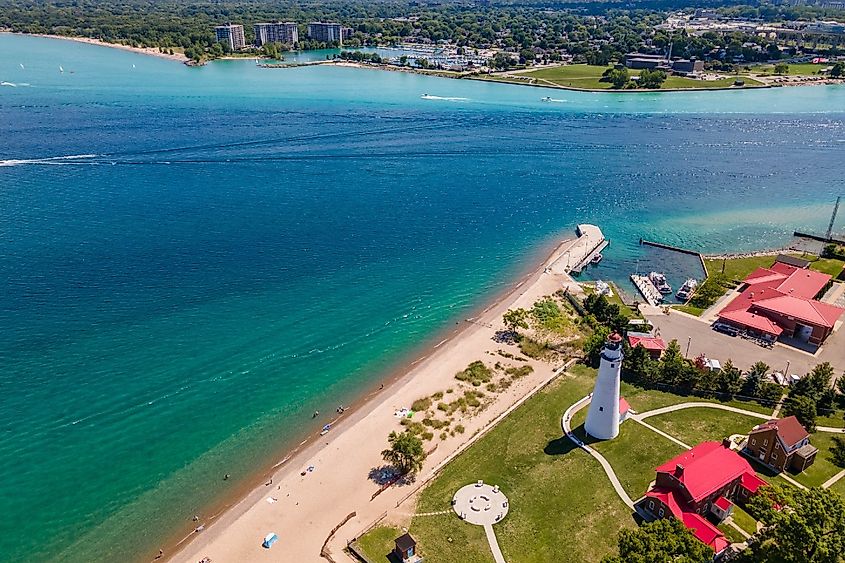
Named for its location by Lake Huron, Port Huron lies just north of Detroit and was first occupied by the French in 1686. Later on in 1814, the U.S. established Fort Gratiot in the region, and a settlement grew around it. It wouldn't become officially incorporated until 1857 due to an influx of immigrants. One of its most famous residents was businessman and inventor Thomas Edison, who can be learned about at the Thomas Edison Depot Museum, where he lived as a young reporter between 1859 and 1863. At Port Huron, there's also the oldest lighthouse in Michigan: Fort Gratiot Lighthouse, which was constructed in 1825 within the fort. Port Huron is also home to a floating lighthouse, the Huron Lightship, which was the last of its kind in the Great Lakes. Visitors can dip their toes into the waters of Lake Huron at the Lighthouse Beach right next to the lighthouse.
Marshall
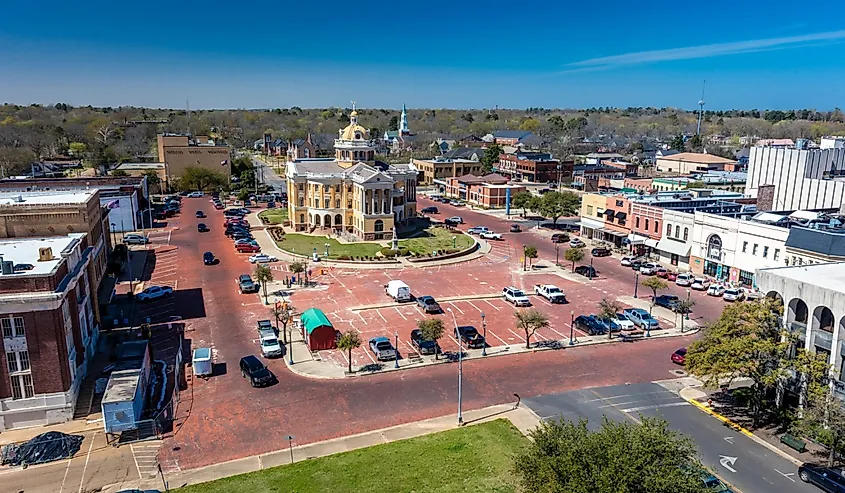
Marshall was founded in 1836 by Sidney and George Ketchum, who named the city after Chief Justice John Marshall. It was a major frontrunner to be the capital of Michigan, although it narrowly lost to Lansing. Marshall would see a showdown between members of the Underground Railroad and slave catchers in 1847 when men from Kentucky traveled to the area to capture runaway slaves. As they surrounded the home the slaves were staying in, the entire town came out to yell at the slave catchers. Eventually, the local sheriff arrested the slavecatchers, leading to massive public backlash from the South. One can learn more about Marshall's unique past at the Marshall Historical Museum, housed within the former 1902 Grand Army of the Republic Hall. Marshall is known for its beautiful architecture, such as the two-room schoolhouse Capitol Hill School, which, from 1860 to 1961, called children to school with its bell tower, and the 1860 Honolulu House, built for Michigan Supreme Court Justice Abner Pratt in a mixture of Polynesian, Italianate, and Gothic Revival styles in tribute to the buildings he saw in Hawaii. Lastly, Marshall is home to the quirky American Museum of Magic, which features artifacts from famous magicians and hosts live magic shows.
Bay City
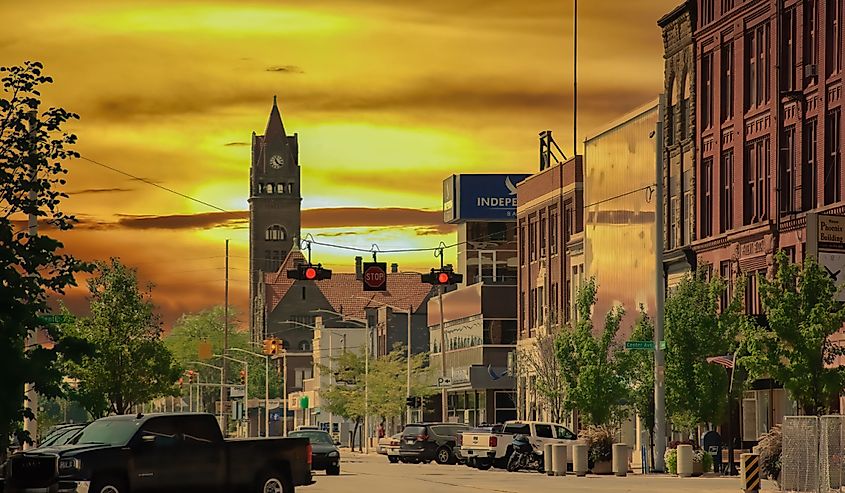
Bay City saw its first settler in 1831, when Leon Trombley built a log cabin there. Within six years, the city had been firmly established, and it quickly grew to become the largest community in the larger Bay County. The city today has three historic districts, with a wide mixture of architectural styles ranging from Queen Anne to Romanesque. In fact, the Bay County Historical Museum is located within a 1910 Armory that served as the center for the Bay City National Guard. This building would also have been the center for Theodore Roosevelt's Bull Moose Party, which split from the Republicans in the 1912 election in an attempt to elect Roosevelt to a third term as President. The most interesting museum in Bay City is the Saginaw Valley Naval Ship Museum, located within a 1950s-era destroyer: the USS Edson. Within Bay City, one can take home a bit of history by visiting the largest antiques mall in Michigan: Bay City Antiques Center, or enjoy a beach day at Saginaw Bay by Lake Huron at the Bay City State Park.
Leland
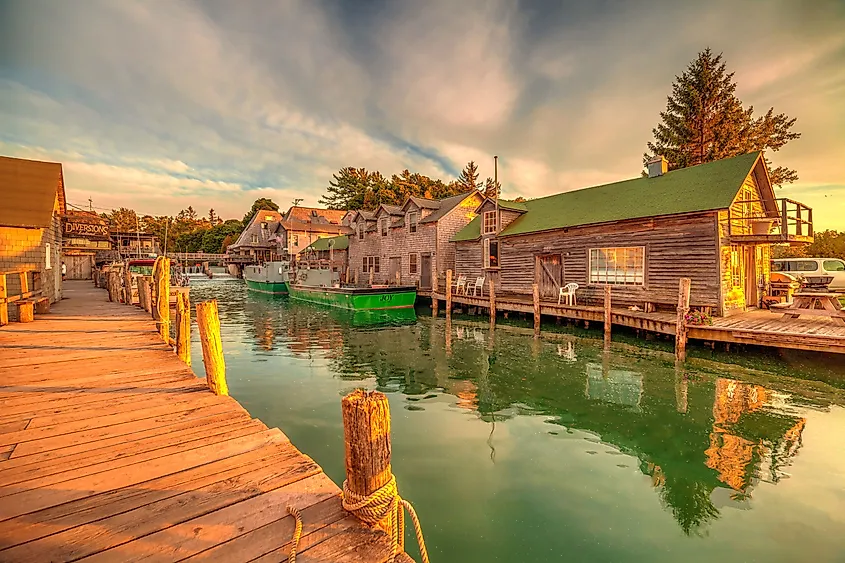
This small town, with a population of around 400, sits on the beautiful shores of Lake Michigan and the Leland River. Settlers first arrived in Leland in the 1830s to fish. They would construct a dam and sawmill on the Leland River, which caused three natural lakes within the river to merge into one: Lake Leelanau. Leland has a lovely character reflected in its charming Fishtown historic district, featuring a variety of simply constructed wooden-frame vernacular buildings, many of which house local shops, such as the Dam Candy Store or Carlson's Fishery. The Leelanau Historical Society Museum preserves artifacts from the early fishing days, as well as art from the native Anishinaabek people. Leland has beaches on Lake Michigan via Van's Beach or the smaller Lake Leelanau at Bartholomew Park and Schneider Beach & Park.
A Blast To The Past In Michigan
There's a wealth of knowledge to be gained in these historic towns that echo the past. Within its architecture, one can see the stories of how residents lived and the heritage they brought with them, such as the Bavarian buildings in Frankenmuth and the unique style of the Honolulu House in Marshall. Their museums also echo the legacy of the past, from a 1950s destroyer in Bay City to the many lakeside maritime museums spread throughout these towns. If you learn to listen to the past, you will come away with a richer understanding of the legacies of generations long past, along with their struggles and triumphs.
